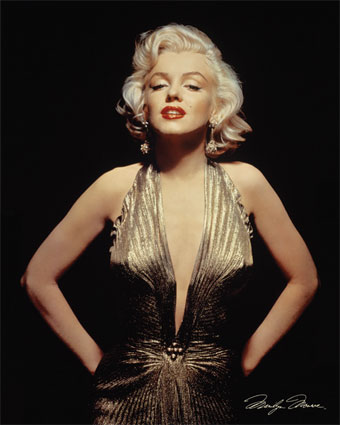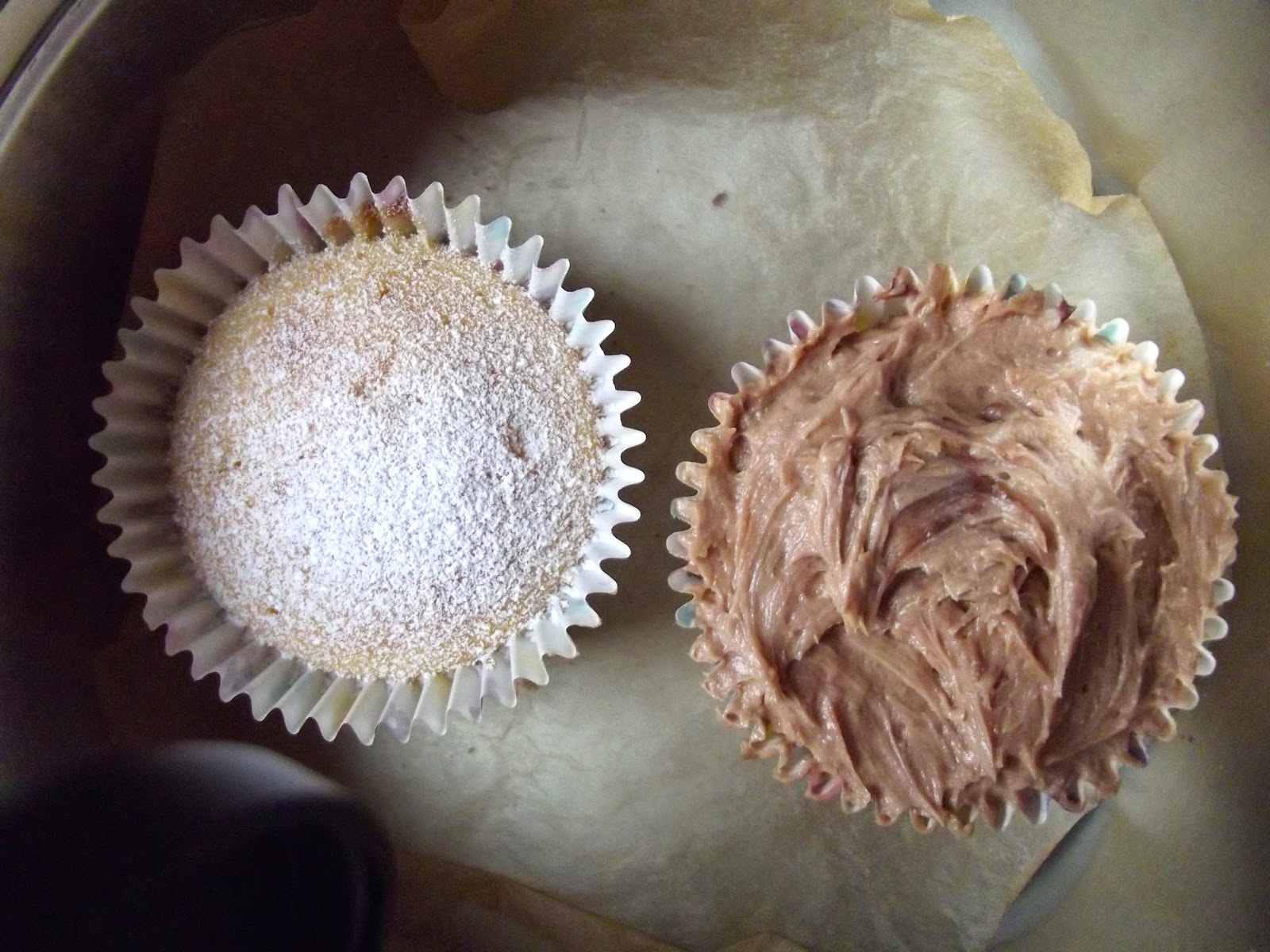The Lion, the Witch and the Wardrobe, illustrated by Christian Birmingham; C.S. Lewis (1950); Collins
"I can always get back if anything goes wrong," thought Lucy. She began to walk forward, crunch-crunch over the snow and through the wood toward the other light. In about ten minutes she reached it and found it was a lamp-post. As she stood looking at it, wondering why there was a lamp-post in the middle of a wood and wondering what to do next, she heard a pitter patter of feet coming toward her.
Lucy Looks into a Wardrobe; The Lion, the Witch and the Wardrobe; page 9
With these immortal words, Clive Staples Lewis (or C.S. Lewis as he's usually known) conjured up one of the most captivating and unique children's fantasy world's ever created. The Irish Oxford University don created the Narnia world, seen throughout the Chronicles of Narnia's seven high fantasy novels. The Lion, the Witch and the Wardrobe was published first in 1950 by Geoffrey Bles and masterfully illustrated by Pauline Baynes, whose illustrations are still used in many editions to this day.
The Lion, the Witch and the Wardrobe, illustrated by Pauline Baynes; Pocket Edition; HarperCollins
Although published first, the story actually comes second chronologically in the series, preceded by The Magician's Nephew, published in 1955. The series sprouted from post-war England and reflects Lewis' conversion to Christianity following the early death of his wife. The Lion is the Jupiter of Michael Wood's The Narnia Code. Wood claims that each of the seven stories represent a planet and that the second is the snowy, icy winter tale representing a pre-Christian world before Jesus Christ's sacrifice, his place taken here by Aslan the lion. Best-selling British writer Philip Pullman has cast Lewis as a Christian propagandist is the guise of a children's author, famously opposing Narnia's religious undertones in his fantasy trilogy His Dark Materials.
The second in the series is set in 1940 and tells the story of how the Pevensie's - Lucy, Susan, Peter and Edmund - originally discovered Narnia in a wardrobe of the old house that they were evacuated to. Along the way we meet Professor Digory Kirke (who we first see as a child in The Magician's Nephew), as well as the White Witch Jardis, Aslan the Lion, and forests of talking animals.
As a child I was captivated by the idea of finding another world in a wardrobe. It's similar to the Alice Through the Looking-Glass fantasy of a parallel universe lurking behind the mirrors in your house. I think that is why this book instantly became my favourite ever children's story, and why I spent my childhood looking in the backs of wardrobes and watching the 1988 BBC adaptation again and again. It is a crossover novel and is utterly charming. Whatever your beliefs, this is a winter tale like no other.
Watch an interview with the actors who played the Pevensie children in the BBC series adaptation:


















































